Kamala Harris and the future of Indian Americans in politics
It’s possible that having Harris at the top of the ticket will inspire a new generation of Indian Americans in Washington state to run for office.
The national election promises to herald an unprecedented year for Indian Americans in U.S. politics. President Joe Biden endorsed Vice President Kamala Harris when he announced he was ending his presidential campaign. Usha Vance, the wife of former President Donald Trump’s vice presidential pick, JD Vance, also traces her roots to India. And earlier this year, Nikki Haley and Vivek Ramaswamy were among the final candidates left standing during the Republican primary, signaling the growing presence and political clout of Indian Americans.
Beyond just anecdotes, data also demonstrates that Indian Americans have been disproportionately elected to important government positions for a long time now. While they constitute 0.6 percent of the adult citizen population in the United States, Indian Americans make up nearly double that proportion in the U.S. House of Representatives. About 4.4 percent of senior positions in government are filled by Indian Americans, according to a recent report by San Francisco-based Indiaspora.
The success of Indian Americans in U.S. politics as compared to other immigrant groups derives at least in part from the shared colonial heritage of the two countries. As a result of colonialization by the British Empire, English is a national language in India and Indian immigrants to the United States have largely been educated in English. The model of government in India also bears numerous similarities to that in the United States. Both countries are democracies and have strong rights-bearing constitutions, even though India is a parliamentary democracy.
Indian immigrants are also one of the fastest-growing groups in the country. The Indian American population in the United States grew from 400,000 in 1980 to 4.4 million in 2020, which is 1.5 percent of the U.S. population. Moreover, Indian Americans are now the largest single-origin Asian group in the country, with about 270,000 more than Chinese Americans, the next largest group.
They are also among the fastest-growing voter groups in the country, with over 2.1 million adults eligible to vote and over 235,000 naturalizing over the latest four-year cycle. Indian Americans also had the highest voter turnout among Asian Americans in 2020 at 71 percent, according to analysis by AAPI Data. This level of participation was on par with voter turnout for non-Hispanic white Americans (71 percent), the highest for any racial group in 2020.
Indian Americans are a growing political force in Washington state as well. Among all counties in the United States, King County had the second-largest numeric growth in foreign-born residents. Indians are the second largest foreign-born population in Washington state, while in King County, India ranked as the No. 1 country of birth for immigrants.
Indian Americans have fared disproportionately well in Washington state politics. Even though they only constitute 2 percent of the state’s population and 1 percent of its eligible voters, Indian Americans have been elected to the state’s delegation to the U.S. House of Representatives — with Pramila Jayapal representing the 7th Congressional District — and the state Senate and House, where Sen. Manka Dhingra and Rep. Vandana Slatter serve. Shasti Conrad, the head of the Washington Democratic Party, is an important state political leader originally from South Asia.
It is not clear how Indian Americans will vote, now that Biden has withdrawn and there might be a presidential candidate of Indian origin on the ticket if Harris is nominated. Before this new development, AAPI Data released a national survey of Asian American registered voters that found that while 65 percent of Indian Americans said they would vote for Biden in 2020, only 46 percent said they would have voted for him this November. Other surveys from AAPI Data have indicated over the past year these declines may be related to the dissatisfaction with Biden’s handling of the economy and of the Israel-Gaza conflict.
However, the Indian Americans who were disaffected with Biden didn’t necessarily translate into increased support for Trump. The proportion of Indian Americans supporting Trump held stable at 29 percent (compared to 28 percent in 2020), while the remainder indicated that they would vote for some other candidate (5 percent), did not know who they would vote for (14 percent), or declined to answer the question (5 percent).
This suggests that Indian Americans could be wooed back to the Democrats by the right candidate. Just as Harris energized Indian American donors and voters in 2020 when she was selected for the Biden ticket, her dramatic rise to the top of the presidential ticket in 2024 may spawn a new wave of Indian American enthusiasm.
It’s also possible that having Harris at the top of the ticket will inspire a new generation of Indian Americans in Washington state to run for office. Thanks largely to the tech boom, Indian Americans have the highest household income in Washington state ($194,000) of any other group.
At the same time, the relatively recent arrival of Indian immigrants in Washington also means that their rate of citizenship is lower than the national average for Indian Americans, at 30 percent and 45 percent, respectively. Thus, even as the prospect of a Kamala Harris presidency inspires thousands of Indian American Washingtonians to more civic engagement in 2024, the aftereffects will likely be felt for decades as tens of thousands of Indian Americans become eligible to vote and run for office.
Karthick Ramakrishnan is founder and executive director of AAPI Data, and a researcher at the University of California, Berkeley.
Sital Kalantry is a law professor, associate dean and director of the RoundGlass India Center at Seattle University School of Law.
This was previously published in The Seattle Times. (The views and opinions expressed in this article are those of the author and do not necessarily reflect the official policy or position of New India Abroad)
ADVERTISEMENT
ADVERTISEMENT
E Paper
Video


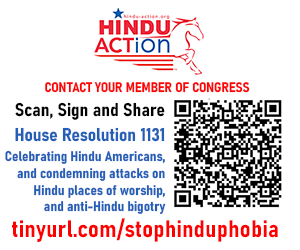
.jpg)
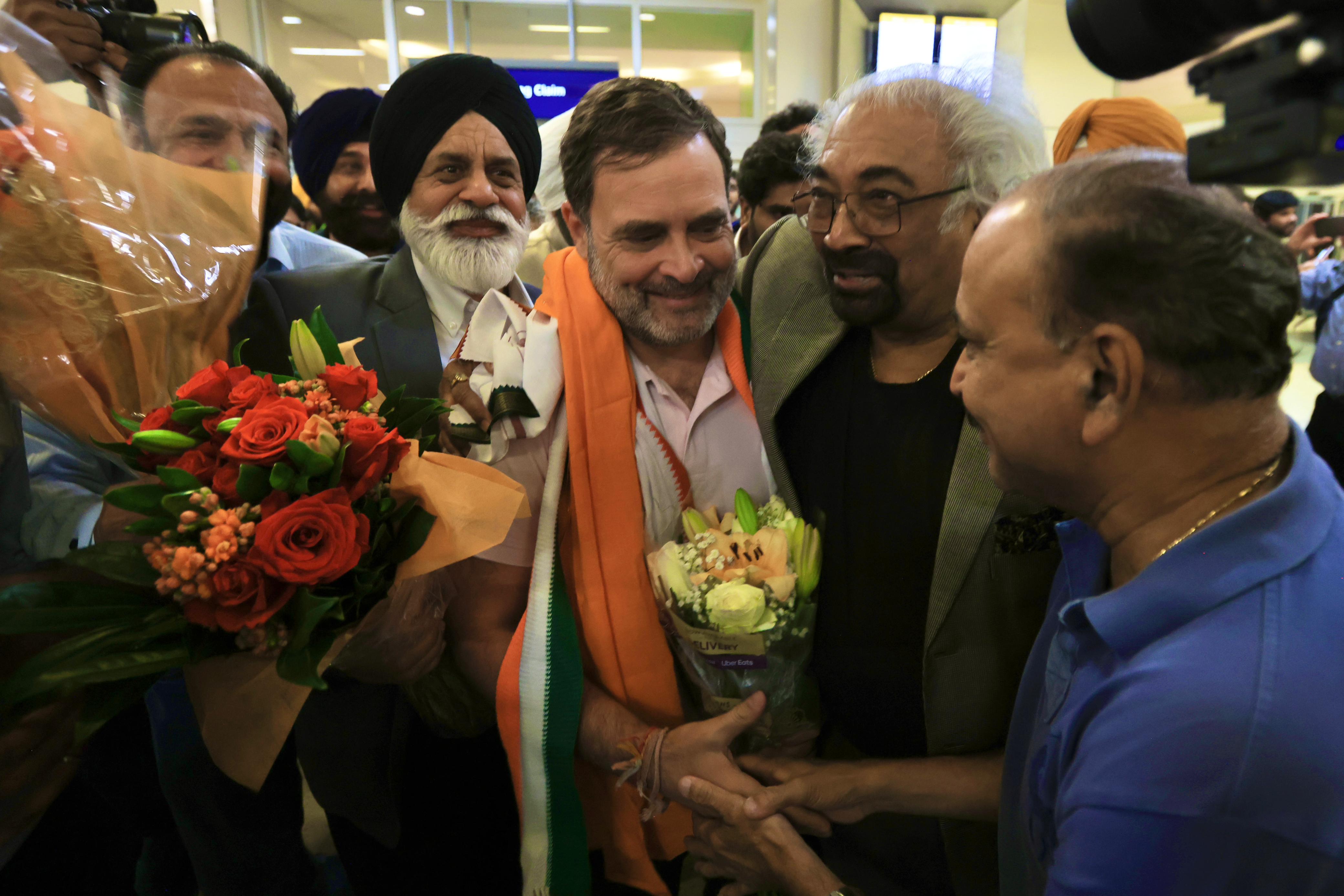
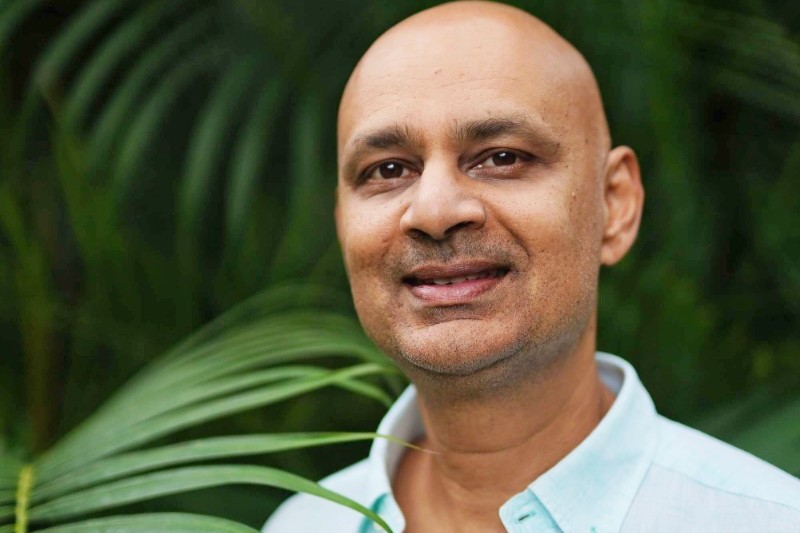
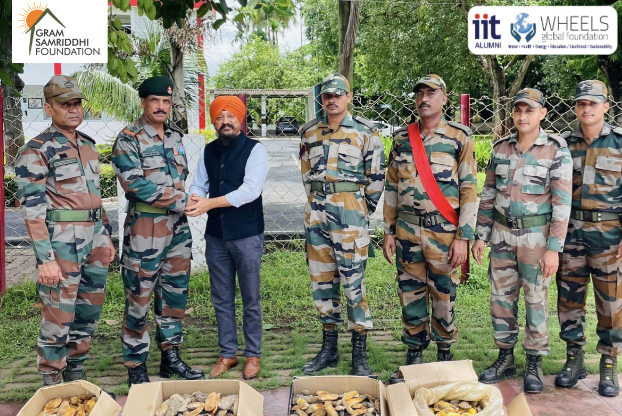
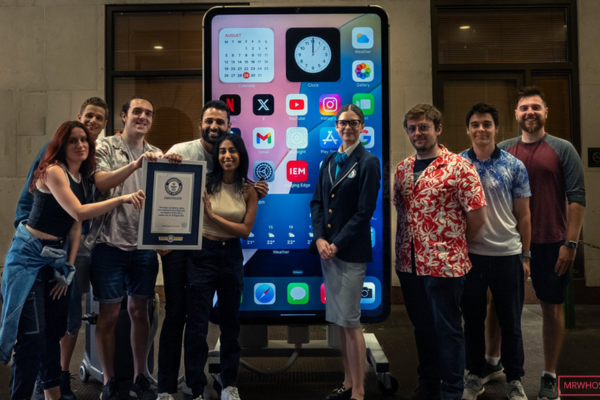
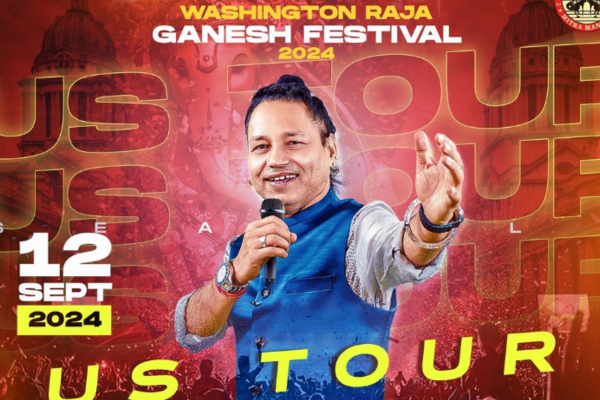
.png)
.jpeg)
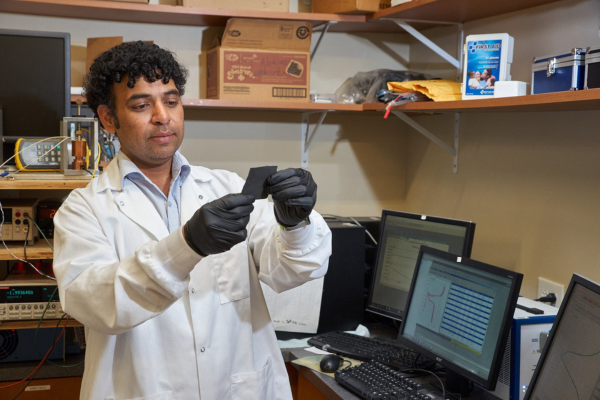
.png)
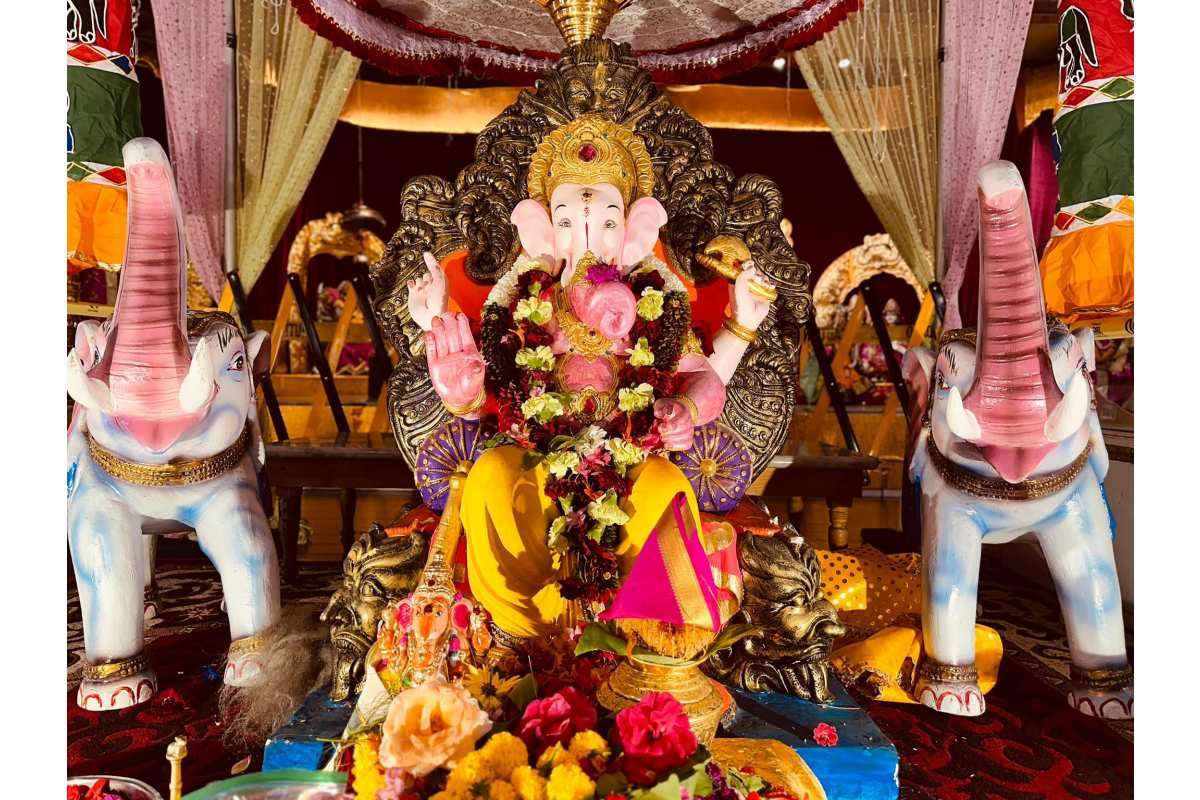
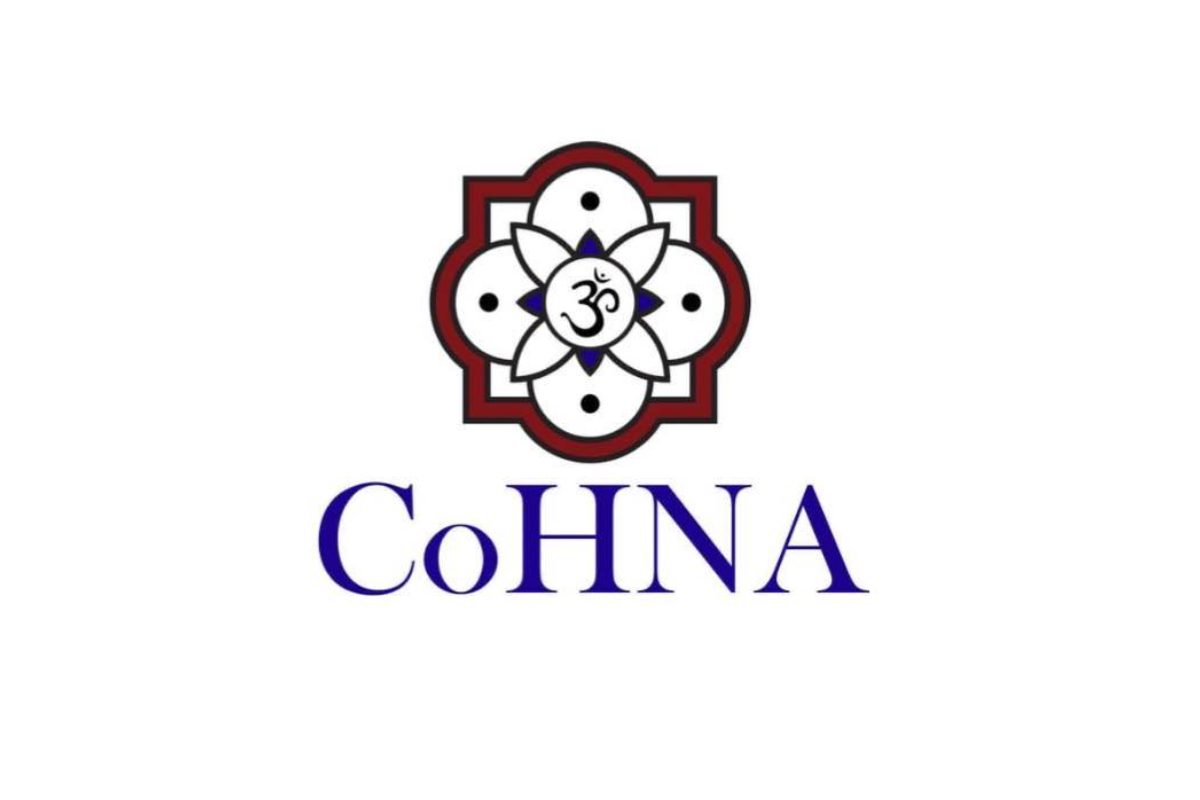

Comments
Start the conversation
Become a member of New India Abroad to start commenting.
Sign Up Now
Already have an account? Login